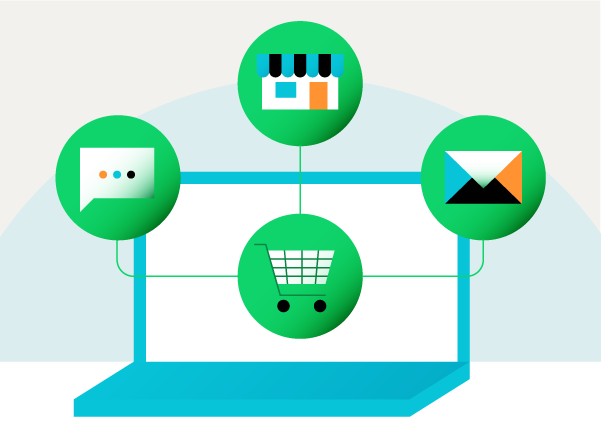Think about what retail looked like a few decades ago. The process was pretty straightforward: Customers made purchases at a brick-and-mortar store.
Sure, they might’ve had a few other interactions with a brand or business—like receiving a direct mail advertisement or making a phone call to ask about store hours—but the actual purchasing experience happened in one spot.
Today, the process isn’t quite so linear. Between your own website, various online marketplaces, and social media networks, you have more interactions with your customers than ever before. They might discover your products on Etsy, get more information on Instagram, and eventually make a purchase directly through your Shopify site.
It’s a lot to manage, and that ever-increasing number of touchpoints has paved the way for two similar (but different) retail strategies: omni-channel vs. multi-channel selling.












